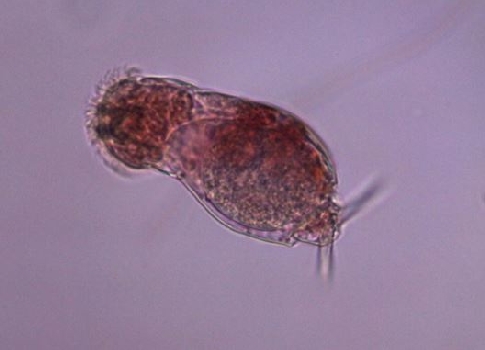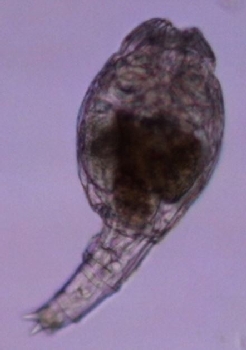Principle
Many of the microscopic organisms found in water samples are protists. You may have already seen various ciliates so far. Another group of organisms that look like ciliates at first sight are the rotifers. They possess a crown of cilia on their head parts, the wheel organ or trochal disc, which induces vortical water movements. However, the rotifers are not unicellular but entirely multicellular organisms which possess, for example, a digestive system, a nervous system, and real muscles.
Benefits
- Experiment is part of a complete solution set with a total of 50 experiments for all microscopy applications
- With student worksheet, appropriate for all class levels
- With detailed instructor information, incl. sample microscopy image
- Optimized for tight schedules, i.e. minimum preparation time required
- Microscopy solution set specifically designed to include all required accessories
- Content available with matching multimedia files



